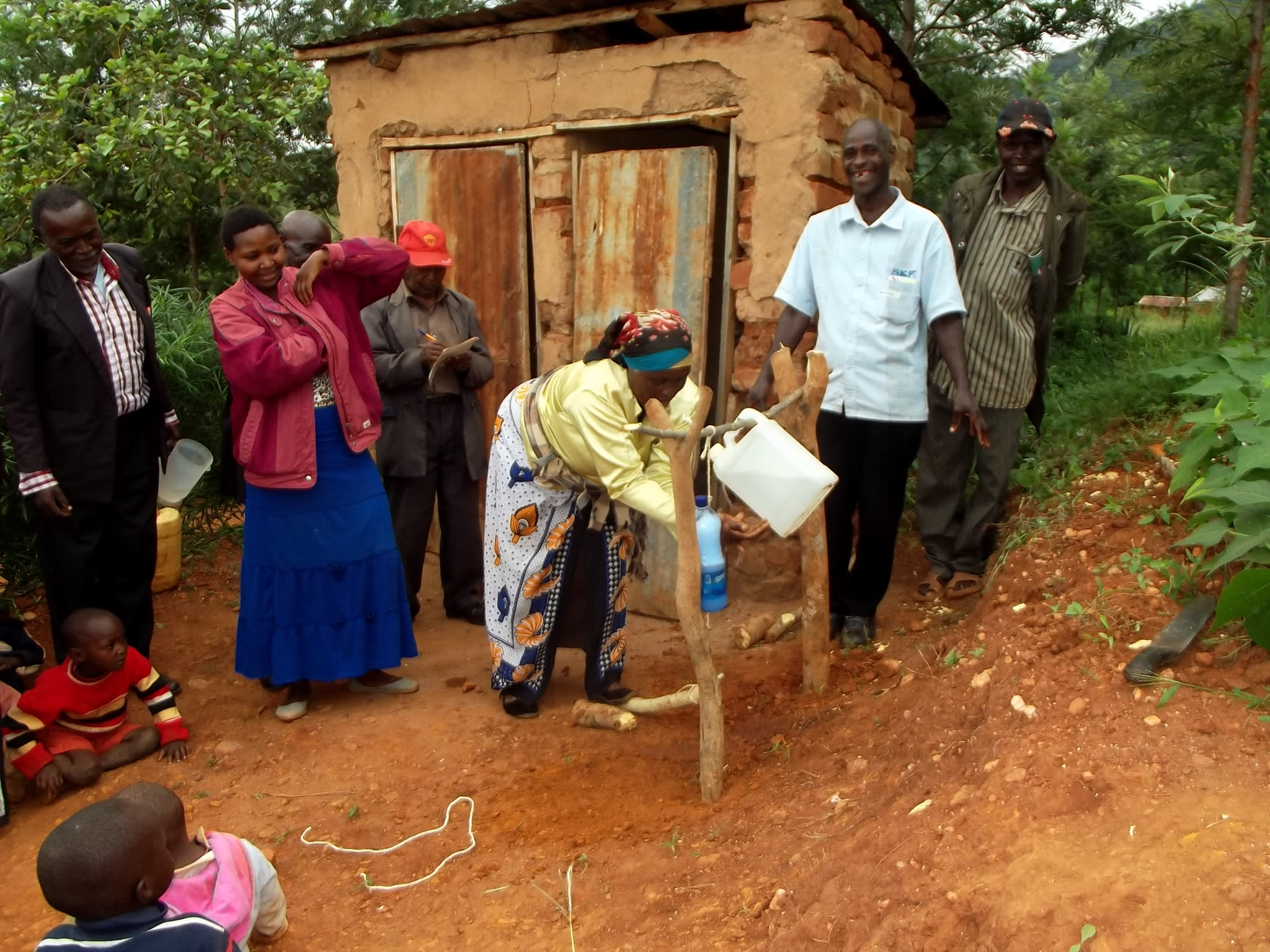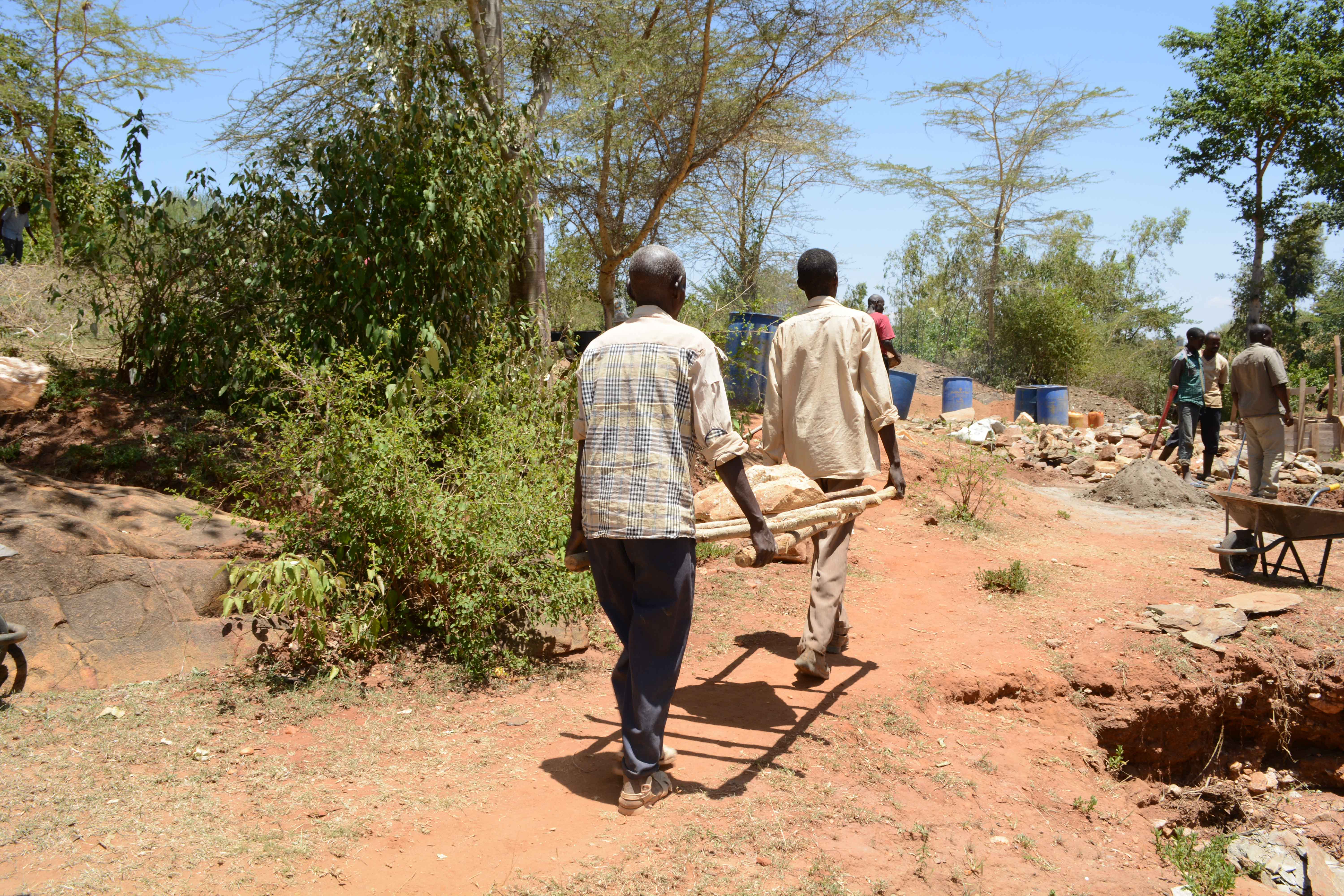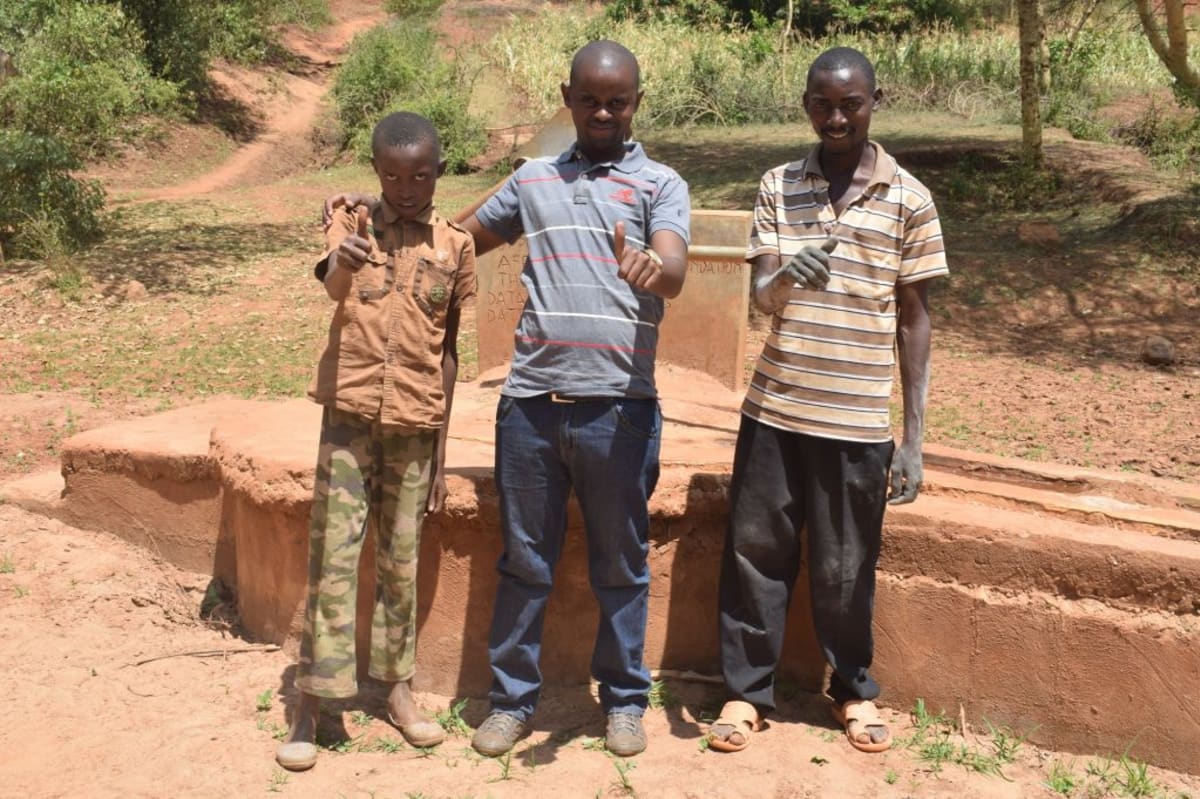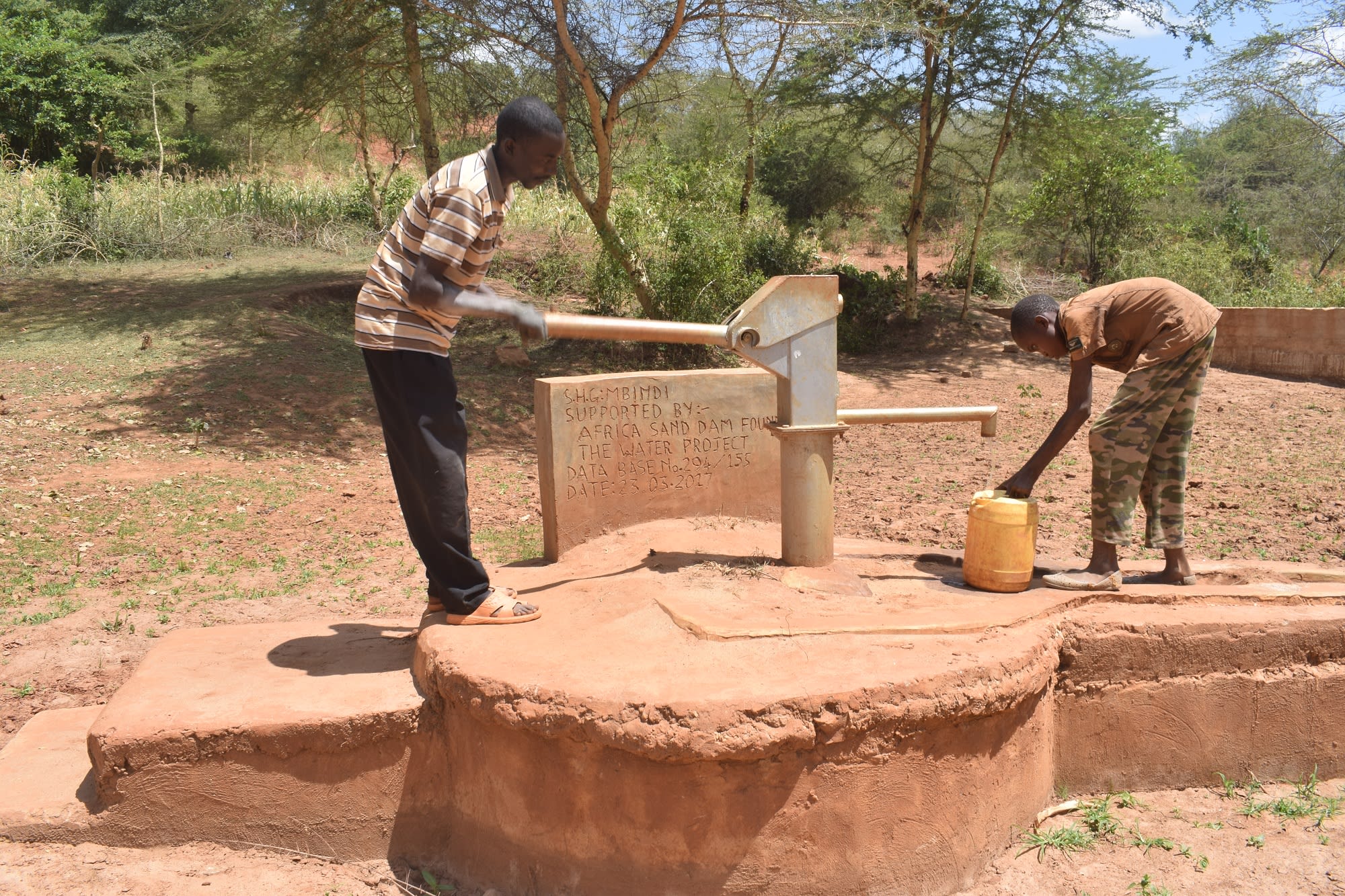This project is a part of our shared program with Africa Sand Dam Foundation. Our team is pleased to directly share the below report (edited for clarity, as needed).
Welcome to the Community
Mbindi Self-Help Group was formed in 2015, consisting of 27 households from Mbindi Village. The primary concern of the group is social well-being. Recently, they pooled resources to establish merry-go-rounds (loans that go out to a different household each month). A united attempt to plant trees for livelihood failed due to water scarcity, resulting in trees not bearing fruits. Since the group’s establishment, there have also been successes: Construction of two sand dams has resulted in positive economic stability for many community members. Prior to the construction of these sand dams, natural springs served as the primary water source. The construction of sand dams has made water readily available and reduced the average time to fetch water for many locals.
Water Sanitation
Despite the sand dams, the large community population means clean water is not universally accessible. Mbindi Community consists of 800 individuals spread out for many miles. (Editor's Note: While this many people may have access on any given day, realistically a single water source can only support a population of 350-500 people. This community would be a good candidate for a second project in the future so adequate water is available. To learn more, click here.) For those living far away from the sand dams, traveling to them and fetching water from them can take an entire day.
Surface water and unprotected spring water are the primary sources of water for those who struggle with this trip. Despite the existence of two sand dams, the distribution of clean water within the community is unequal, with those living close to the sand damn getting better access compared to those living farther away. This results in higher prevalence of waterborne disease amongst the population that live far from the dams.
The containers used for fetching water are cleaned only sporadically, resulting in algae development. The collected water is stored either in these same jerrycans, or emptied into larger plastic drums and tanks when delivered home. These conditions were observed both in those collecting water at the sand dam and those relying on dirty water farther away.
Sanitation and Hygiene Situation
The government has done a remarkable job in advocating for and maintaining the importance of sanitation and hygiene within the community. All community members have access to at least a basic pit latrine. While they are in relatively stable condition, the geographical terrain makes shallow latrine depth an issue.
In addition to latrines, all homes have clean bathing spaces. The majority of the community population disposes of their garbage in pits, which often double as compost pits. Overall, the community members have a positive attitude towards sanitation and hygiene, which has been a major component in preventing people from getting hygiene-related diseases.
Plans: Hygiene and Sanitation Training Review
Self-help group members will be trained for two days on hygiene and sanitation. Based on our initial survey of the area, the facilitator has decided to focus on water treatment and storage.
Plans: Sand Dam
The community will provide local resources – i.e. sand, stones and water – delivering them to the site for dam construction. They will also assist in manual labor. This sand dam is projected to be 37.1 meters long and 4.1 meters high. Its location is the result of collaboration between both community members and our engineers, ensuring convenience while maintaining ideal specifications. The site also has a large catchment area that will provide for more water storage, while the self-help group is building a hand-dug well (click here to see that project) that will give locals safe access to this reservoir. Thanks to this new sand dam, a greater number of households will be able to get enough water for farming as well as clean water for drinking.

 Sand Dam
Sand Dam
 Rehabilitation Project
Rehabilitation Project


























